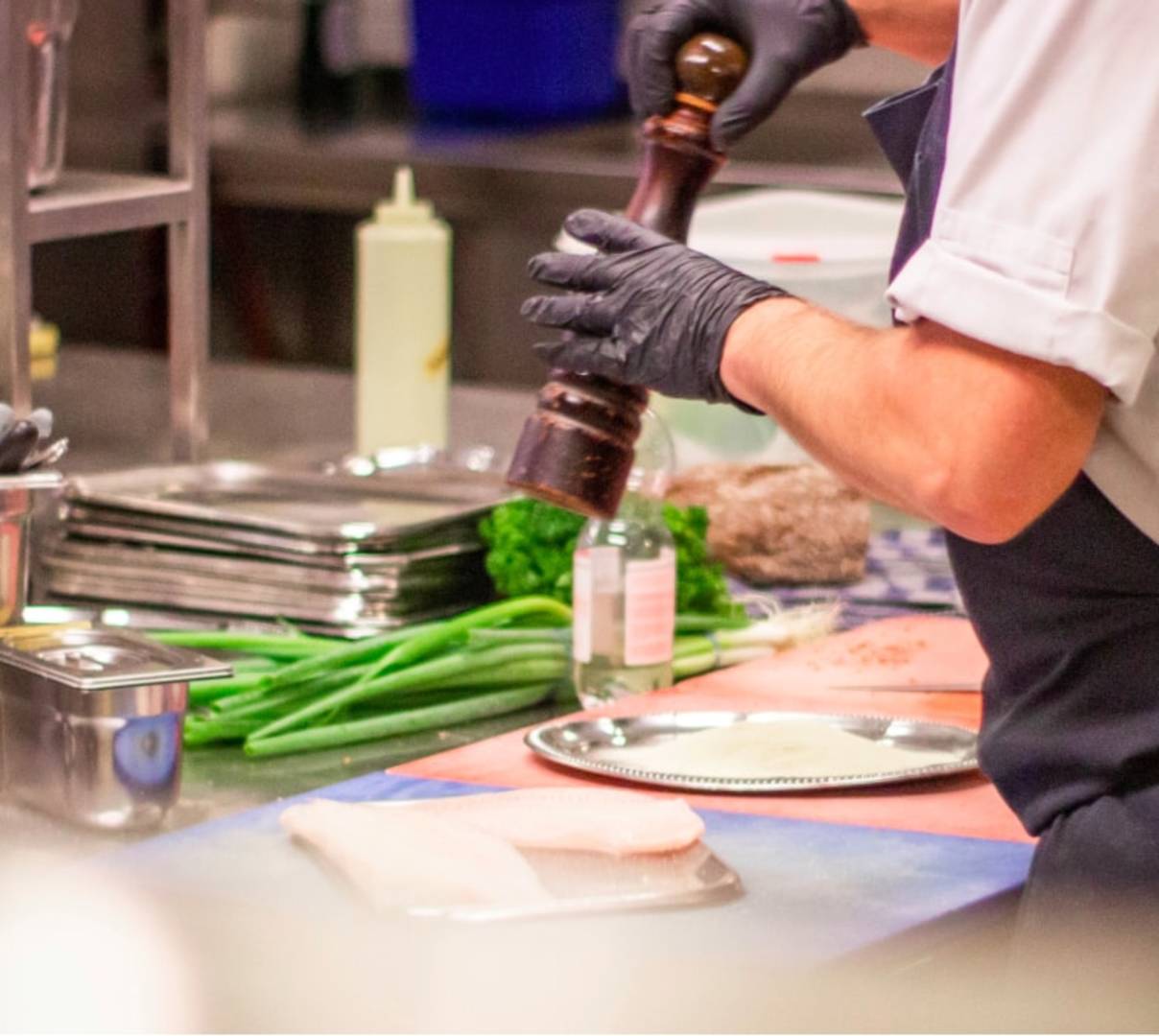By campfires and by candlelight. In break rooms and on barstools. Around dining room tables. Around the world. Humans have been telling stories for thousands of years — yet when it comes to business, many restaurant owners underestimate the power of the written word.
The truth? Sentences are more than just sources of entertainment — storytelling sells. Whether your specialty is fast casual or fine dining, a compelling story is a key ingredient for success in the food industry.
Ready to serve up a restaurant mission statement that boosts brand awareness — and builds a loyal customer base — from day one? Let's dig in.
Setting the table for your restaurant mission statement
First, you'll want to ask yourself a few foundational questions:
What inspired me to open my restaurant?
What beliefs and values are built into my business?
What do I aim to achieve with my business?
What sets my restaurant apart from competitors?
Maybe you're passionate about partnering with environmentalists to serve fresh, farm-to-table fare. Perhaps you dream of brewing up connections (and mouthwatering macchiatos) in a cozy café. Or, your mission might be making mealtime easier for working parents by offering quick, on-the-go options — in which case, delivery would likely play a part in your restaurant's identity.
Who are you serving? What are their dining habits?
When building your brand identity, you'll want to study the demographics, socioeconomic characteristics, and behavioral patterns of your potential customers. Consider age groups, lifestyle preferences, and dining habits to determine what type of restaurant the community needs. Here are a few examples of regional and local trends.
Regional trends
In Wisconsin, dishes containing cheese curds are especially popular.
Delaware's specialty food items include a Thanksgiving sandwich and these slippery dumplings.
Australians love meat pies, lamingtons, and kangaroo. Don't forget flat whites, either (the coffee culture is strong).
New Englanders are crazy for chowdah-er, chowder.
Cincinnati chili has a cult-like following in Ohio
Some Quebecers don't go a single week without poutine.
Vancouverites are the most sushi-obsessed population outside of Japan.
Local trends
Areas with lots of offices favor food trucks, fast casual restaurants, fast food, and other lunch spots.
Top college preferences include pizza, burgers, salads, chicken wings, beer bars, breakfast, dumplings, tacos, Thai, and desserts.
If your town has several organic grocery stores and a popular farmer's market, a healthy fast casual restaurant may perform well.
Younger generations are highly tech-savvy. 59% of millennial orders from restaurants are made up of delivery and takeout. Since millennials are the largest living generation, partnering with a delivery app like DoorDash could be a clever way to please customers (and boost your popularity).
Location, location, location. If you're based in a buzzing theater district, you may consider hiring waitstaff with a flair for showmanship. Or, if you're opening up beside a major stadium, sports screenings may be a part of your game plan.
Putting pen to paper
According to angel investor Tim Berry, 90% of proposed mission statements are "wastes of time, paper, or digital space." The biggest culprit behind a mediocre mission statement? Lack of clarity.
Instead of serving up token but empty phrases like "delicious dishes" and "commitment to customer service," dig into the specifics of your business — because concrete language is the recipe for success.
Consider the following mission statements, for instance:
Starbucks
"To inspire and nurture the human spirit — one person, one cup, and one neighborhood at a time."
Why it works: Here, Starbucks reveals what's really fueling their business (hint: it's not just the beans). First, they share a memorable aspiration of nurturing the human spirit. Then, they introduce a concrete visual — "one cup at a time" — to show customers exactly how they'll do it.
Sweetgreen
"To inspire healthier communities by connecting people to real food."
Why it works: It's simple. It's specific. And it sticks.
Today, these companies have all grown massive followings. But marketing isn't about having a multimillion-dollar budget — to resonate with customers, all you need is creativity and authenticity.
Make your mission statement specific
Before we turn to your business, let's look at a creative exercise that outlines a few more must-haves. Consider these two made-up restaurant mission statements — and see if you can spot the difference:
Mission Statement #1 Serve the best seafood in town.
Mission Statement #2 Support the local lobstering community by serving fresh, tide-to-table fare that honors Maine's maritime history.
As you can see, the only thing Mission Statement #1 stands out for is by being too generic. Readers are left to wonder:
How does this restaurant serve the best seafood in town?
What makes their seafood so great?
Why did they specialize in seafood, to begin with?
Our brains are trained to gloss over — and often mistrust — generalizations like "the best." To counteract this, we added concrete details referencing "fresh, tide-to-table fare."
Next up? Making the mission statement about more than just food. To do this, we called out the bigger picture ("honoring Maine's maritime history").
Suddenly, Mission Statement #2 is not only about the restaurant — it's also about the reader. Customers now realize that eating here means supporting the local lobstering community and honoring Maine's maritime history — which makes the business far more appetizing.
The secret sauce to restaurant mission statements
With all of these lessons in mind, it's time to cook up your own mission statement.
Remember: Concise, clear, concrete copy is the winning combination!
Once you have your mission statement down on paper, ask yourself:
Does my mission statement...
provide clarity and direction?
leave out jargon and generalizations?
differentiate my business from competitors?
involve more than just food?
If you can check off all of these boxes, congratulations! Now that you know who you are and what you stand for, it's time to set your mission in motion — and share it with the world.
You have a story — and DoorDash can deliver it to your neighborhood.





